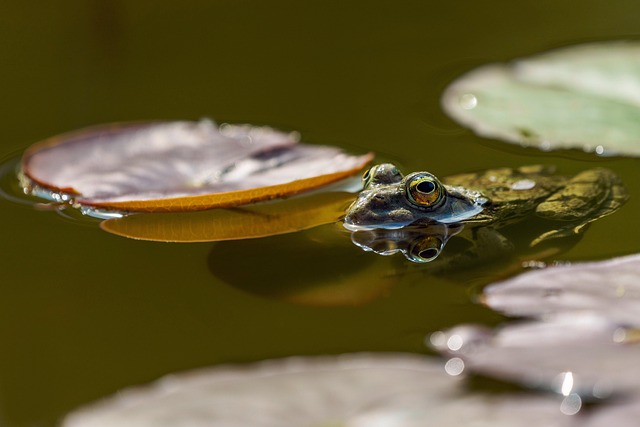Optics and Illumination: Enhancing Your Photo Reflections in Lighting
When it comes to photography, the dance of light and shadow defines every image. Among the many elements that can transform a simple photo into a captivating work of art, reflection holds a special place. It’s the subtle interplay of optics and illumination that allows photographers to explore new dimensions and embrace the beauty of mirrored moments.
Reflection isn’t just about what the camera captures on the surface—it’s about the story that light tells when it bounces and curves, revealing textures, shapes, and depth that might otherwise remain hidden. Whether you’re shooting a reflective window, a serene lake, or even a glistening surface, understanding how to control and enhance these reflections can elevate your photography to a whole new level.
The Role of Optics in Capturing Reflection
Your camera’s optics are your window into a world of light. The lens quality, aperture settings, and focal length all influence how reflections appear in your shots. A wide aperture might blur the background and make reflective surfaces pop with a dreamlike quality, while a narrow aperture enhances the details that mirror light with precision.
Experimenting with different lenses and angles is key. Sometimes, a slight adjustment in your shooting position will change the entire reflection, turning an ordinary scene into a visually stunning composition. Pay attention to the direction and intensity of the light source—it’s this illumination that breathes life into the reflection, making it more than just a mirror image.
Mastering Illumination to Embrace Reflection
Lighting is the heartbeat of photography, especially when reflections are involved. Natural light at the golden hour often creates warm, soft reflections, while harsh midday sun can produce stark, high-contrast images that highlight details in a completely different way. Artificial lighting, too, offers a playground for creativity—adjusting light angles, intensity, and color temperature can dramatically change how reflections behave in your photos.
Investing time in understanding how different lighting setups influence reflections can help you control the narrative of your image. For example, using diffused light might soften reflections for a calming effect, whereas direct light can emphasize sharp, clear patterns in mirrored surfaces. Remember, light is not just illumination; it’s your tool for storytelling.
Bringing It All Together
In photography, the marriage of optics and illumination cultivates the magic of reflection. The subtle glimmer on a water surface, the glossy sheen on a shiny object, or even the reflective ambiance of a cityscape at night—all are made possible through careful attention to how your camera captures light. By embracing both the technical aspects of optics and the creative potential of lighting, photographers can uncover layers of meaning and emotion in their work.
So, next time you pick up your camera, look closely at the reflections around you. Play with angles, harness the light, and let your optics reveal the hidden stories shimmered in the glass, water, and surfaces that surround you. Reflection is more than just a visual element—it’s a gateway to magic waiting to be captured through your lens.




